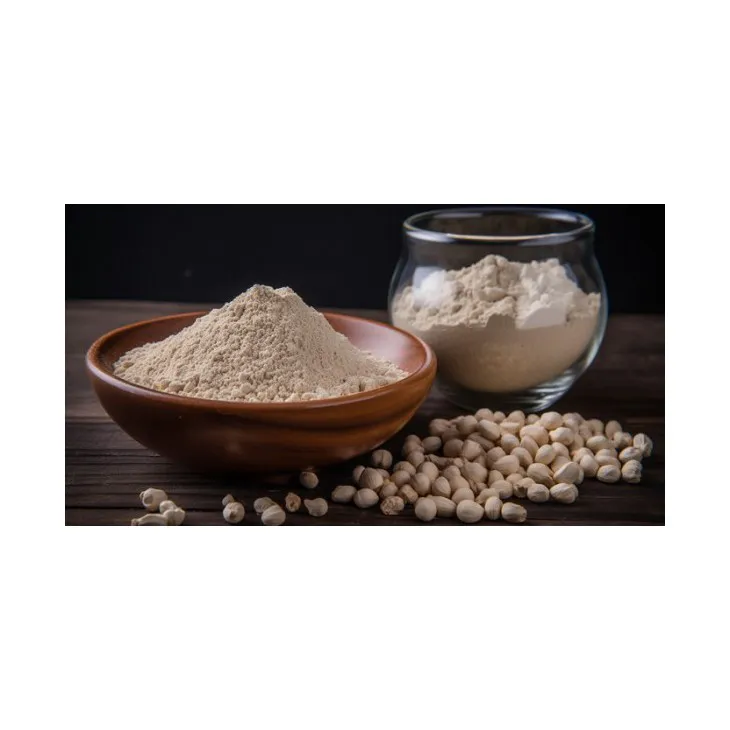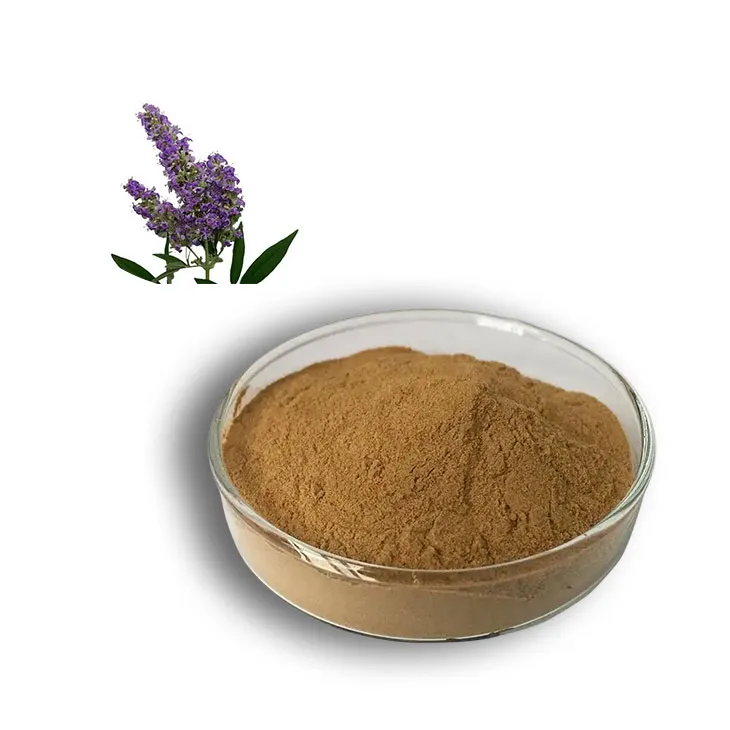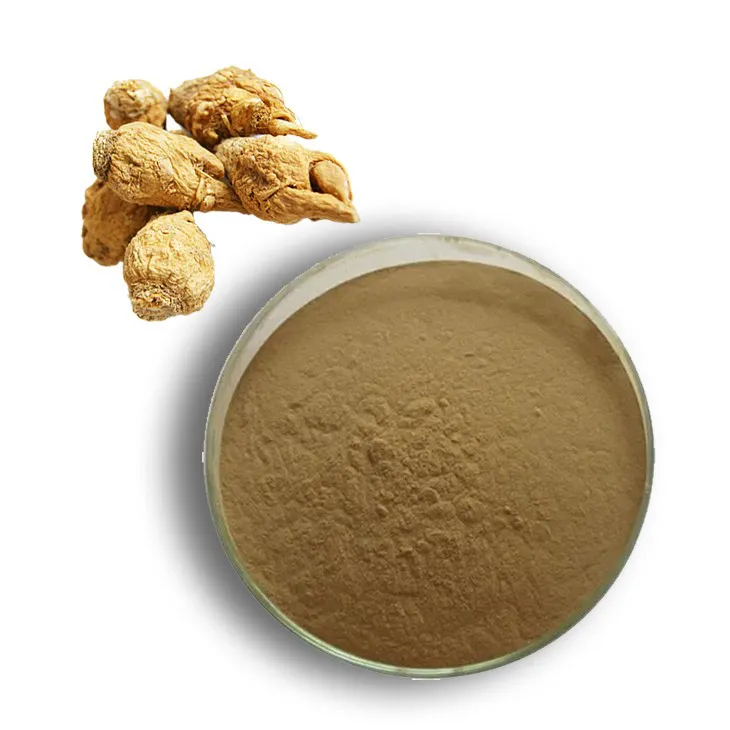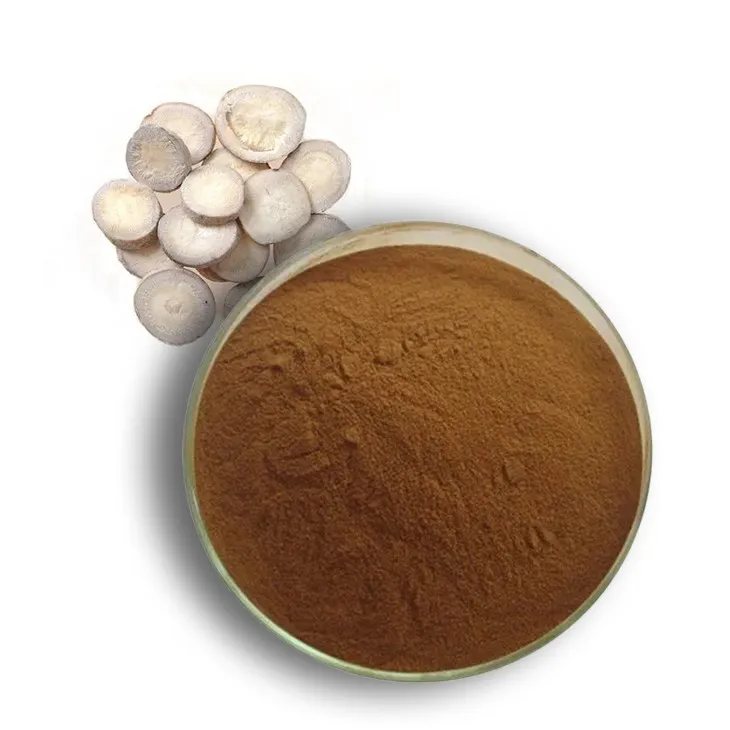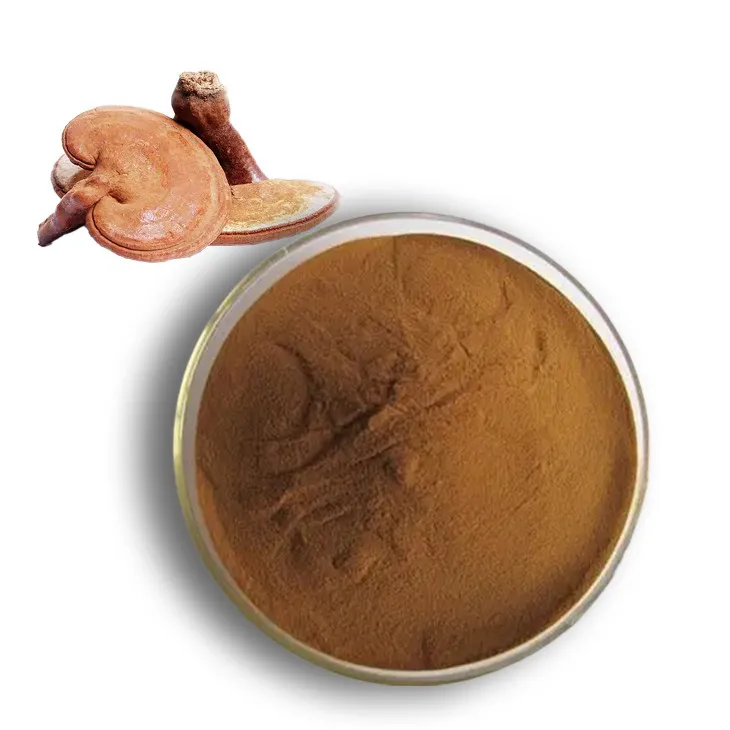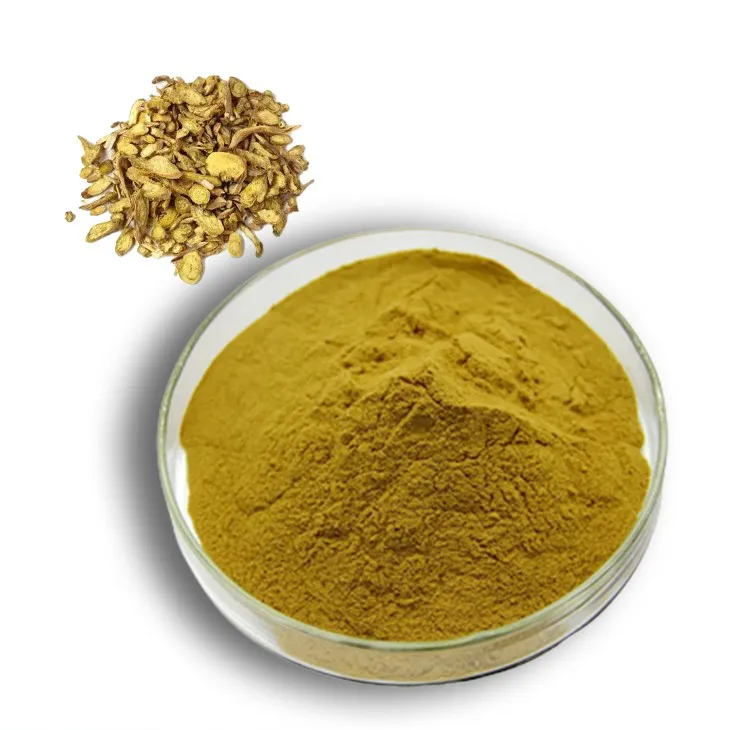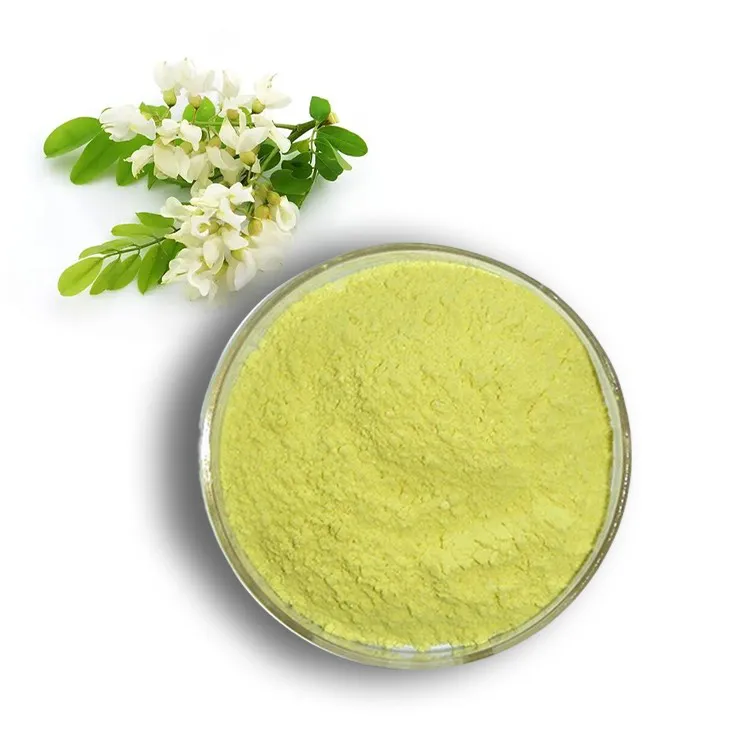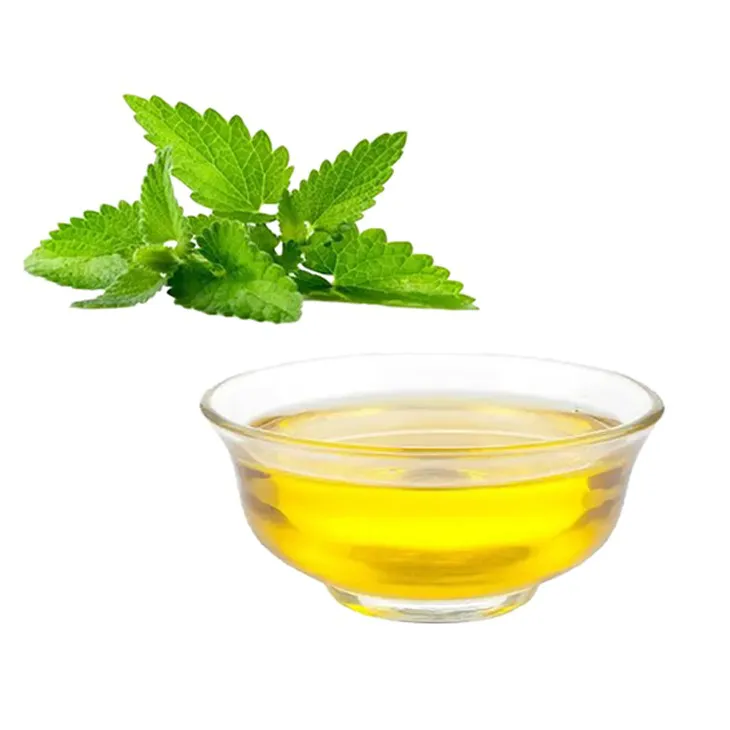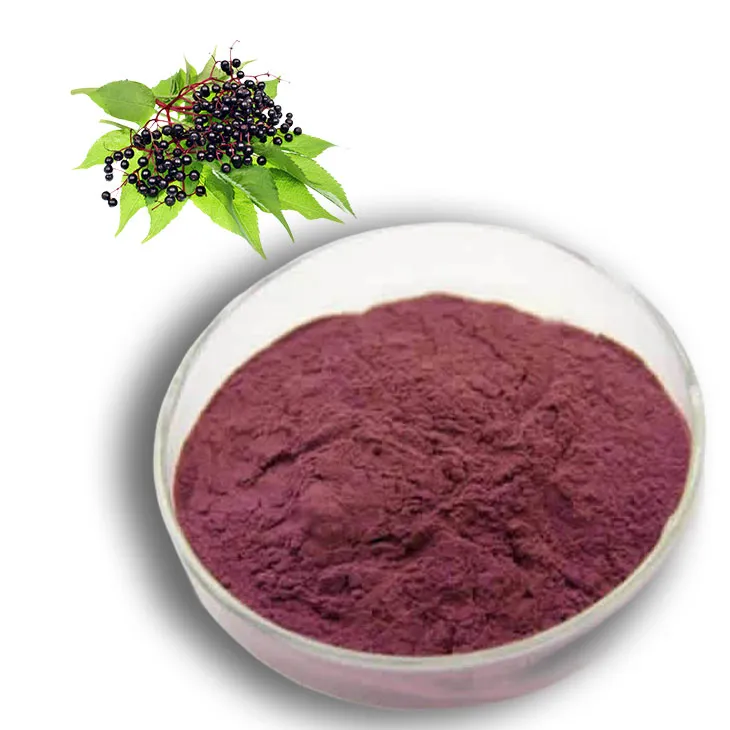- 0086-571-85302990
- sales@greenskybio.com
Extracts in Supplements: What They Mean and How They Impact Your Health
2025-07-20
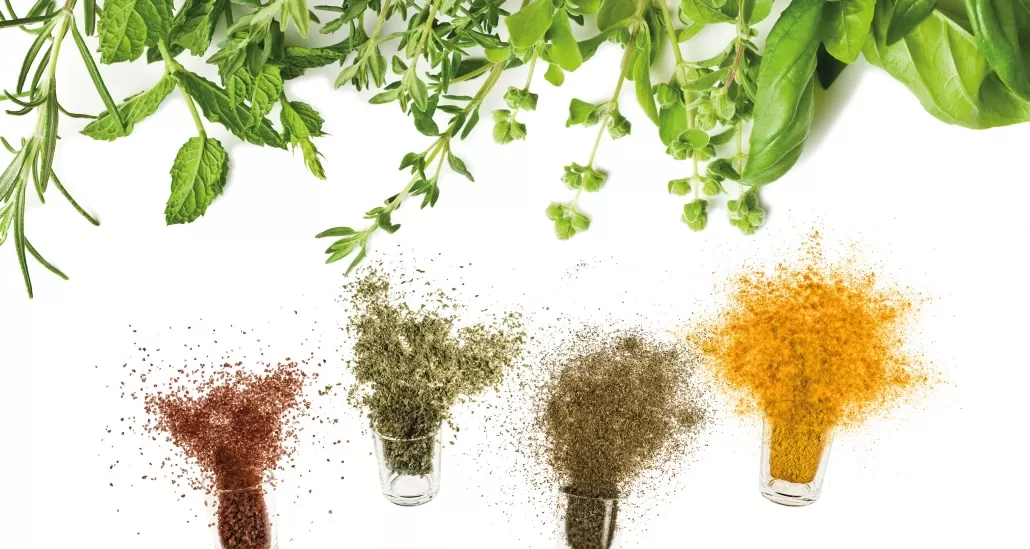 the ever-expanding world of nutrition and wellness, supplements play a crucial role in supporting various health needs. One of the common terms encountered on supplement labels is "extract." It often raises questions about what precisely extract implies, its effectiveness compared to whole herbs or fruits, and how it impacts your health. This article delves into the concept of extracts in supplements, their creation, benefits, and considerations for users.
the ever-expanding world of nutrition and wellness, supplements play a crucial role in supporting various health needs. One of the common terms encountered on supplement labels is "extract." It often raises questions about what precisely extract implies, its effectiveness compared to whole herbs or fruits, and how it impacts your health. This article delves into the concept of extracts in supplements, their creation, benefits, and considerations for users.
What is an Extract?
An "extract" generally refers to a concentrated substance derived from raw materials like herbs, fruits, or flowers. Manufacturers isolate specific compounds believed to be beneficial, ensuring that when these extracts are included in supplements, they focus on enhancing certain health outcomes. Extracts are widely used due to their potency and ability to deliver targeted effects where dietary goals can be met more efficiently.
The Process of Extracting
The extraction process involves several steps to achieve a concentrated form of the desired active ingredients:
1. Selection: The source material, such as a particular herb or fruit, is carefully selected based on efficacy and nutrient concentration. Types of raw materials include leaves, roots, seeds, or flowers.
2. Preparation: The raw material is thoroughly cleaned and processed, involving drying or grinding to facilitate extraction.
3. Solvent Use: Extraction typically employs solvents like alcohol, water, or oil to dissolve and separate active compounds. Alcohol or hydro-alcoholic solutions are common as they can pull out both water-soluble and fat-soluble components.
4. Concentration: The liquid containing dissolved active ingredients is concentrated, possibly involving evaporation techniques to remove unnecessary solvents—resulting in a purer extract.
5. Standardization: The extract may be standardized to ensure consistent potency, meaning each batch has a precise concentration of the active ingredient.
Types of Extracts
Different methods yield various types of extracts, while choices depend upon the purpose:
- Dry Extracts: These are solid forms created when the solvent is fully evaporated, leaving a concentrated powder.
- Liquid Extracts: Retaining the liquid essence, these are often used in tinctures and solutions, popular for quick absorption.
- Standardized Extracts: Earlier mentioned as a method, these guarantee a consistent amount of active ingredient, crucial for therapeutic use.
Benefits of Using Extracts in Supplements
1. Concentration and Potency: Extracts offer a higher concentration of active compounds compared to consuming the whole food. This means they can provide quicker and more efficient benefits in smaller doses.
2. Targeted Effects: Extracts focus on specific health outcomes by concentrating beneficial compounds relevant to conditions like inflammation or boosting immunity. For example, a turmeric extract will primarily consist of Curcumin, known for its anti-inflammatory properties.
3. Standardization: Due to standardized extracts, consistency and reliability develop, making it easier for consumers to ensure they obtain the intended therapeutic effects.
4. Convenience: Extracts can be easily encapsulated, making them a convenient option for those who might find it difficult to consume large quantities of whole herbs or raw ingredients.
Considerations When Using Extracts in Supplements
While extracts offer numerous benefits, there are important considerations to bear in mind:
1. Potential Side Effects: Extracts generally have higher concentrations of active ingredients, increasing the potential for side effects. Robust formulations may affect individuals differently, requiring caution if unsure about tolerable doses.
2. Quality and Source: Ensure that extracts are sourced from reputable companies. Understanding the origin and processing method is critical for ensuring safety and effectiveness.
3. Interactions: Extracts may interact with medications or other supplements. Consulting healthcare professionals before use is vital to prevent adverse reactions.
4. Bioavailability Issues: Not all extracted compounds offer high bioavailability, meaning the body may struggle to absorb them effectively. Some extracts require formulations (such as added piperine in Curcumin supplements) to enhance absorption.
5. Loss of Synergy: Whole foods offer a synergy of compounds that work together toward greater health benefits. Although extracts offer concentration, they can sometimes miss the broader benefits delivered by the holistic herb or fruit.
How to Choose the Right Extract Supplement
Select extracts based on personal health goals, considering the credibility of brands and transparency about extraction processes. Read labels carefully to identify standardized extracts and understand dosage recommendations accurately. It's also helpful to seek professional guidance to align choices with health needs appropriately.
Conclusion: Extracts as Potent Allies in Health
Extracts are formulated as potent allies in health and wellness, offering concentrated doses of beneficial compounds conveniently packaged into supplements. Unlocking their potential requires understanding both their advantages and limitations, ensuring informed decisions when integrating them into personal health regimes.
As the supplement industry continues to evolve, extracts will remain pivotal due to their targeted nature and efficacy. By approaching extracts with knowledge, consumers can optimize their use for improved health outcomes while maintaining safety and balance—a crucial strategy for anyone navigating the diverse landscape of dietary supplements.
- ▶ Hesperidin
- ▶ Citrus Bioflavonoids
- ▶ Plant Extract
- ▶ lycopene
- ▶ Diosmin
- ▶ Grape seed extract
- ▶ Sea buckthorn Juice Powder
- ▶ Fruit Juice Powder
- ▶ Hops Extract
- ▶ Artichoke Extract
- ▶ Mushroom extract
- ▶ Astaxanthin
- ▶ Green Tea Extract
- ▶ Curcumin
- ▶ Horse Chestnut Extract
- ▶ Other Product
- ▶ Boswellia Serrata Extract
- ▶ Resveratrol
- ▶ Marigold Extract
- ▶ Grape Leaf Extract
- ▶ New Product
- ▶ Aminolevulinic acid
- ▶ Cranberry Extract
- ▶ Red Yeast Rice
- ▶ Red Wine Extract
-
Coix Seed Extract
2025-07-20
-
Chasteberry Extract
2025-07-20
-
Maca Extract
2025-07-20
-
White Peony Extract
2025-07-20
-
Reishi mushroom extract
2025-07-20
-
Scutellaria Extract
2025-07-20
-
Troxerutin
2025-07-20
-
Peppermint Oil
2025-07-20
-
Tongkat Ali Extract Powder
2025-07-20
-
Elderberry Extract
2025-07-20











